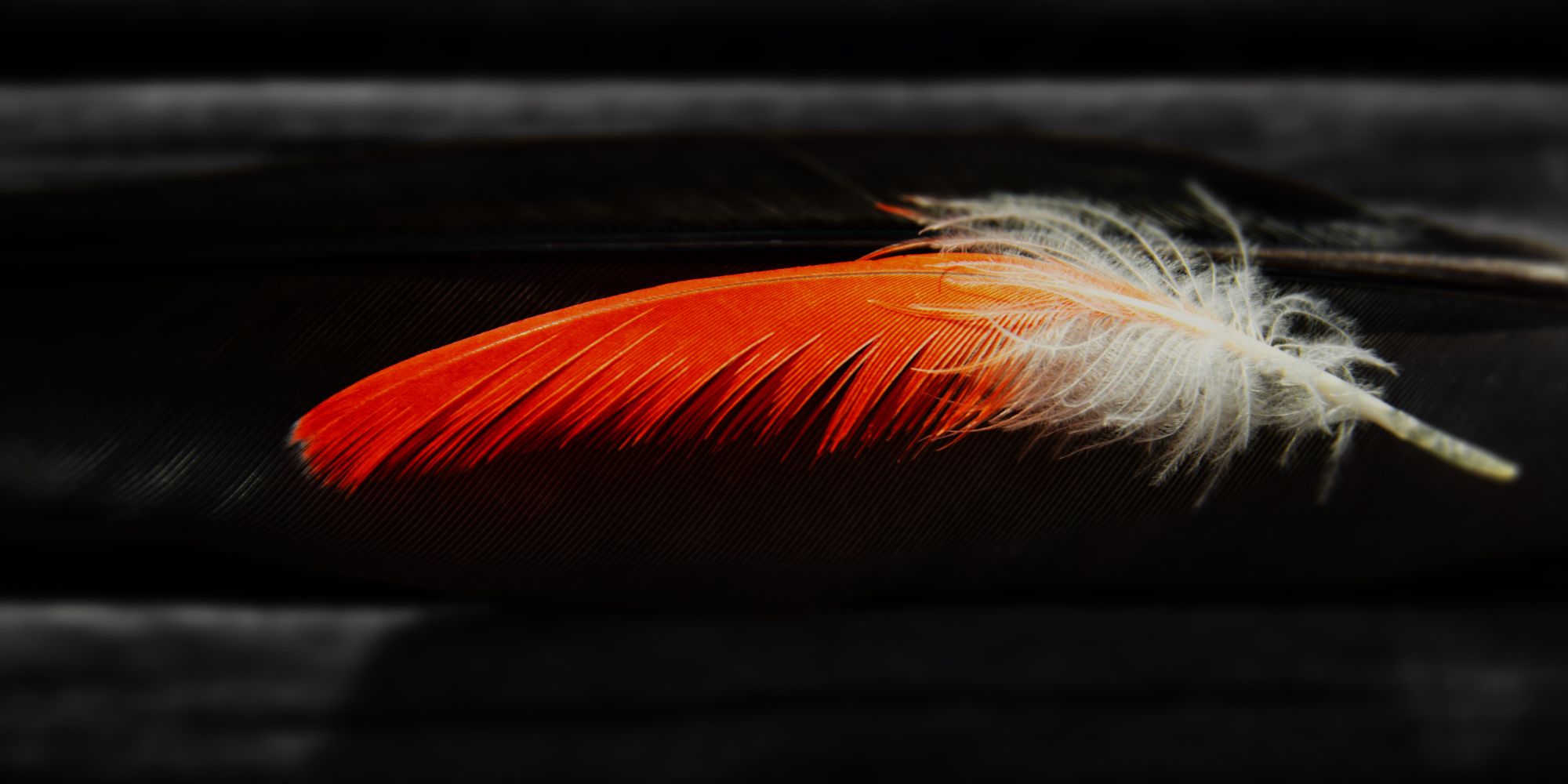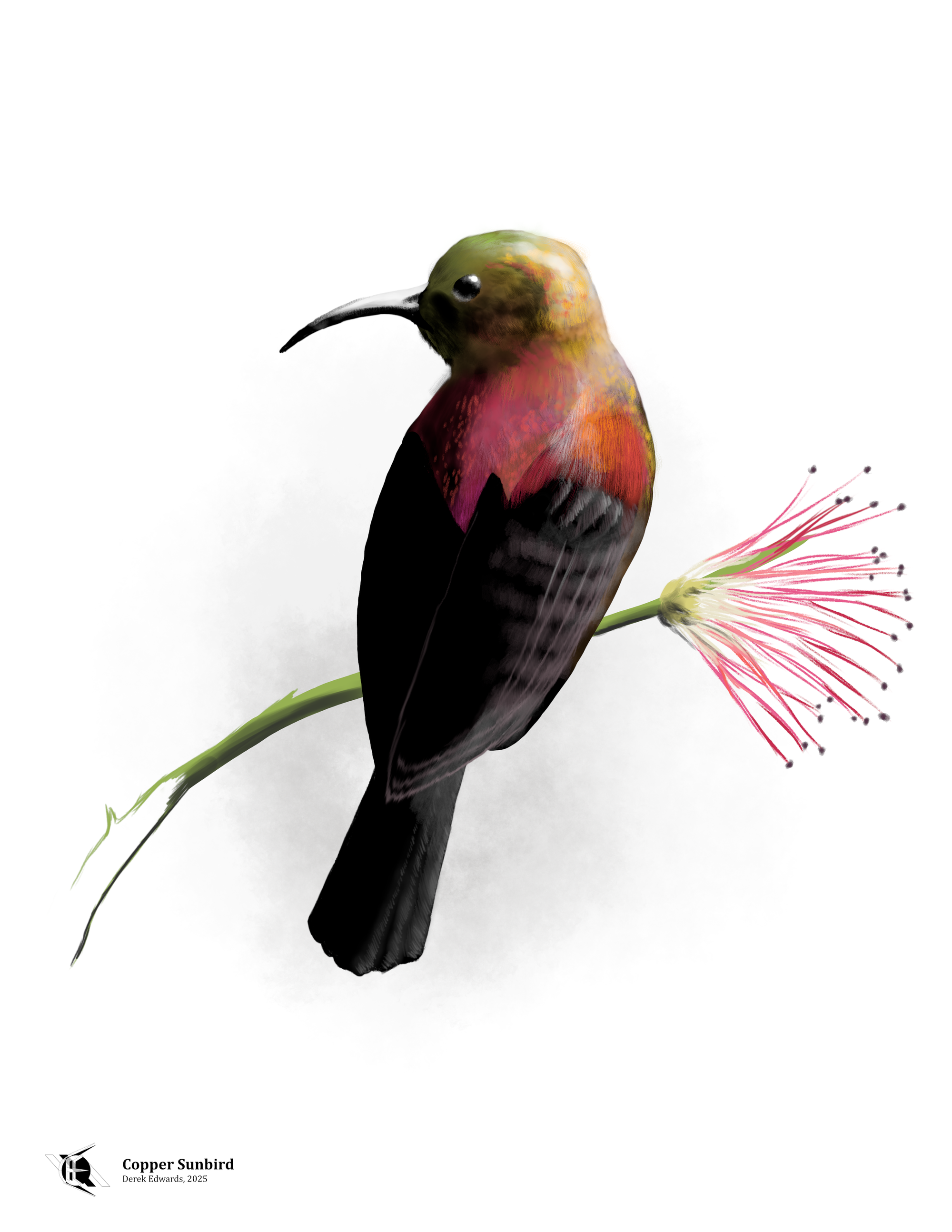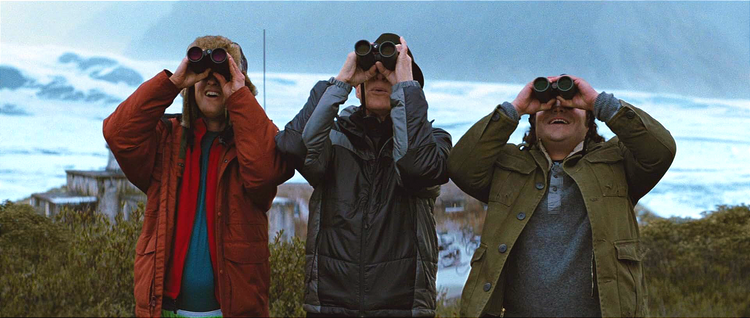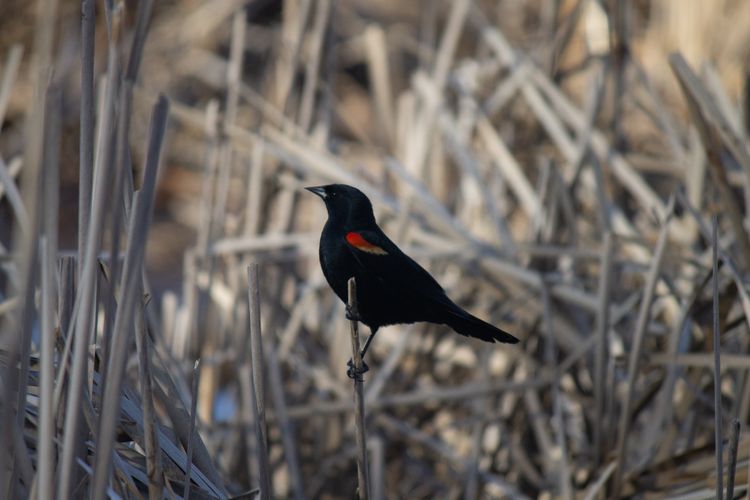
Running Commentary 3/31/2025
Hello,
It’s said if March comes in like a lamb it will go out like a lion. I don’t really remember how this March came in but it’s going out like a cheetah; last night saw 80+ mph winds in Michigan and in several other states — to say nothing of various tornados — and lions simply aren’t that fast. I’m grateful that my home nor my workplace lost power. I know a lot of folks up north will be in blackout for the next several days at least. (They got an ice storm and then all the winds, in what was basically a worst-case weather scenario for powerlines.) If you’re reading this from up there, go ahead and save your battery; there’s nothing critical in this week’s RC.
Anyway...
Watching...
BattleBots is back! Kind of. What’s being described as qualifying events for the next world championship, BattleBots has put together a round-robin tournament featuring Tombstone, Hypershock, Valkyrie, and Orbitron - a newcomer built by Hacksmith Industries, who I hadn’t heard of before but who seem to be a sort of Mark Rober, Adam Savage -type outfit of engineer-entertainers, which is just the sort of people to make a battle bot, really. They’re releasing the fights on YouTube (half this past Thursday, half this coming Thursday) in what seems to me to be a trial balloon for publishing the next world championship the same way, without involving a TV network, which I think might really make sense at this point. Chris Rose, Kenny Florian, and Faruq Tauheed are missed in this production, but in their place we do get a lot more of a look in the pits and get to hear a lot more from the bot teams than we did in the Discovery broadcasts, which rather makes up for it. Here’s the link to the first block of fights and my thoughts on each:
- ORBITRON v VALKYRIE - Orbitron establishes itself as a contender for the modern BattleBots era by getting a modern BattleBots win, that is, a win by upper deck. Valkyrie is a formidable opponent but the fact it has only the two wheels does mean it has a weakness toward getting stuck crabwalking, which Orbitron took advantave of.
- HYPERSHOCK v TOMBSTONE - A very, very quick fight, ending in a decicive victory for Hypershock. Tombstone is, obviously, not a bad bot, but I do think it’s sort of a solved problem at this point, in a way that it’s loss here pretty clearly demonstrates: horizontal spinners can be easily deflected given proper sloped armor design, and once they are they struggle to recover from their own hits.
- HYPERSHOCK v ORBITRON - For all the work that went into Orbitron’s automatic enemy-seeking with multiple defensive postures, can it not self-right? If it can it didn’t here, allowing Hypershock to punt it out of the arena for the win.
- VALKYRIE v TOMBSTONE - BatttleBots is putting uncut individual fights up on YouTube one-by-one. At time of writing I don’t see the fully uncut version of this one up there yet; I expect all we’d get to see is another couple minutes of each bot crab-walking. I’m not going to say Valkyrie didn’t deserve the win here, but I think replacing the judging panel with the live audience to determine the winner in the absence of a clear knockout seems like a not-especially-credible mechanism for declaring victory. Hopefully this is just something they’re porting over from the live Vegas shows for these exhibition matches and not something we’ll get in the world championship proper.

Bird of the Week
I don’t draw enough sunbirds. I’ve done one before, the crimson sunbird of Southeast Asia, but that was years ago. There are over one-and-a-half hundred of these birds, so here’s a second drawing: the Copper Sunbird.
The copper sunbird is a widespread species found throughout much of sub-Saharan Africa. Like other sunbirds, it feeds on a diet of nectar and small insects. The copper sunbird seems, from what I can gather, very fond of flowering trees; the branch I’ve drawn this one on is meant to be from a Persian silk tree, an Asian species whose pink, threadlike blossoms have seen it become a popular garden feature worldwide. I probably would have put it in a native African tree had I been paying more attention, but a lot of photos online, including the photos for the species’ Wikipedia page, show these birds in Persian silk trees.
Actually, I have very little to say about this bird in particular, so let’s talk about perches in ornithological art, since I brought it up. Sometimes you can portray a bird flying, and sometimes you can portray it swimming. But not all birds swim and it’s much more difficult to draw a bird’s wings extended open than folded-closed on its back, so most of the time I, and other artists, will opt to depict birds perched on something.
What that is will vary. Mark Catesby, who studied birds in the Carolinas, Florida, and the Bahamas, made a point in his drawings to feature both a bird and a plant species with equal billing; his depiction of the northern cardinal, for instance, is titled as a drawing of both “The Red Bird” and of “The Hiccory Tree”.1 J. J. Audubon, a century after Catesby, made an effort to include detailed depictions of real plants as the perches for most of his birds, although often the work of depicting this flora fell to students or other collaborators, while Audubon did the birds themselves,2 the more important parts of his pictures. Many bird artists don’t pay as much attention to accurately capturing plants as they do to capturing the birds grasping to them for support. George Edwards (no relation) tended to draw birds clinging to miniaturized stumps of trees.3 Other illustrators might tend to draw of disembodied sticks, perhaps emerging from the edge of the canvas, perhaps floating in the center, perhaps with a bit of foliage attached, perhaps bare.
“Dead Stick” composition, as this is often derisively called, is the easy way out of drawing perches, yes, but also the least distracting when trying to maintain focus on the subject bird; for both these reasons this is the predominate mode of illustrations in bird guides, such as those by David Allen Sibley, Roger Tory Peterson, and Hillary Burns. As far as I go, myself, I must admit that I tend to default to dead stick composition for the majority of my birds. I’m not much of a botanical enthusiast, and a lot of the time I don’t have any real inspiration for what the perch should be; even when I do, my own struggles with capturing greenery well usually leads to minimizing the number of leaves on a stick. Sometimes I go for more leaves, but just as often I go for something more experimental such as what I did for my white-browed woodswallow.
Anyway, back to the copper sunbird. To science, the bird is Cinnyris cupreus. The genus name was first given to the southern double-collared sunbird (Cinnyris chalybeus); it refers to an unknown small bird mentioned in ancient tests, though Jobling’s etymology mentions that the name of the bird might somehow relate to the name Cinyras, that of the king of Cypress during the Trojan War.4 Certainly various mythic figures went on to lend their names to birds — Alcyon comes to mind — so perhaps that’s where Cinnyris came from. If so, this bird’s name is doubly fitting: Cypress was home to deposits of ore critical to the Bronze Age Medditerranean, which the Romans called “Cyprian metal”, or “aes Cyprium”, later shortened to “cuprum”, from which we both get the Latin name for this species and the English name for that metal: copper.4,5
- Catesby, Mark. The Red Bird & The Hiccory Tree. from The Natural History of Carolina, Florida and the Bahama Islands 1754. 20.5 × 13.5 × 0.125 in. Field Museum of Natural History, Chicago. https://www.audubonart.com/product/catesby-pl-38-the-red-bird/.
- Kaufman, Kenn. The Birds That Audubon Missed: Discovery and Desire in the American Wilderness. Simon and Schuster, 2024. p.201-202
- Lederer, Roger. The Art of the Bird. The University of Chicago Press, 2019. p.52-57
- Jobling, J. A. (editor). The Key to Scientific Names in Birds of the World (S. M. Billerman et al. editors), Cornell Laboratory of Ornithology, Ithaca.
- “Copper.” In Merriam-Webster Dictionary, March 30, 2025. https://www.merriam-webster.com/dictionary/copper.
Curation Links
How a Stuffed Animal Named Billy Possum Tried—and Failed—to Replace the Teddy Bear as America's National Toy | Howard Dorre, Smithsonian
When something new happens surrounding a new president, it can be hard to tell whether it’s a one-off thing or a new American tradition. When Theodore Roosevelt’s refusal to shoot a captive bear led to the teddy bear craze, that was something new; there hadn’t been toy crazes attached to previous presidents (Lincoln Logs didn’t come along until the nineteen-teens). But would there be toy crazes attached to presidents from then on? The William H. Taft supporting creator of the Billy Possum sure hoped there would be. (There would not be.)
The Impact Sprinkler - more clever than it seems! | Technology Connections
[VIDEO] A look at the intricate, elegant design of a common sort of lawn sprinkler, familiar to many but which, unless you have one yourself and examine it while it’s running, you probably don’t quite understand. Why does it sput-sput-sput, what makes it spin, and why does it sweep in one direction faster than in the other? The answers are all in this video. (10 minutes)
Reckless Driving Isn’t Just a Design Problem | Gregory H. Shill, The Atlantic
Can changing the way we build roads eliminate the need for traffic cops? This is the promise of many a bold new civil engineering initiative, but law professor Gregory H. Shill argues that, no, while some improvements might be made to eliminate genuine accidents, there will always be some antisocial drivers unwilling to follow safety laws without enforcement backing them up.
The Arborist | Derrick Boden, Clarkesworld
[FICTION] “It was the tree, sprouting from a curved horizon, stretching up and out through the tenuous atmosphere, its space-borne talons grasping at one planet after the next, toward a distant asymptote. Although the horizon was clearly meant to depict Iona, it was not the origin of this vast interstellar entity. To the far left, where the wall met the adjoining terrace of built-in shelves, was depicted another planet from which its own talon stretched. The disposition of this planet’s continents were unmistakable. Earth. Within the margins of the planet from which humanity had fled were etched words: from ash and bone it seeds, our true god Yggdrasil, shepherd to this promised land and again . . .”
See the full archive of curations on Notion



Member Commentary